In the precision world of smart oral care, user expectations hinge on two fundamentals: stable performance and convenience. But what happens when frequent mode malfunctions unexpectedly increase refill frequency, turning routine oral care into a frustrating experience? Recent customer data and manufacturer-side diagnostics suggest these two issues may not be isolated events. In this article, we explore how mode control failures can trigger inefficient water/fluid consumption and what OEMs can do to prevent this from impacting user satisfaction and brand perception.
In water flossers, electric toothbrushes with irrigation, or multi-mode oral hygiene devices, mode malfunction typically refers to:
These malfunctions often stem from:
Though seemingly minor, such issues can deeply affect device efficiency—particularly in fluid-dispensing products.
When a device’s spray or pulse mode is unstable, the water or solution it uses may be consumed unevenly. For example:
All of these factors directly increase the refill frequency, often leaving users confused or annoyed by the need to replenish fluid mid-routine—even in high-capacity models. Company web:https://www.powsmart.com/product/electric-toothbrush/
Across multiple brands and regions, recurring patterns include:
These feedback loops, if left unresolved, escalate into customer frustration and warranty returns. Worse yet, they erode trust in the “smart” function of otherwise well-built products.
From a manufacturing perspective, mode malfunction is rarely a single-component issue. Key design weak points include:
Preventing these failures requires cross-disciplinary solutions:
To ensure robust operation and fluid efficiency, we recommend:
With proper QA gating, manufacturers can confidently market “stable mode logic” and “smart water efficiency”—two metrics buyers are increasingly prioritizing.
The good news: when solved properly, mode stability becomes a marketable strength. Manufacturers can:
By preemptively solving the mode malfunction/refill frequency issue, brands can not only reduce returns but also position themselves as true innovators in smart oral care.
While mode malfunction and increased refill frequency may seem like small nuisances on their own, together they represent a critical failure in product trust and daily user experience. For B2B manufacturers, addressing this pain point early in the design and QA phase is essential—not only to meet client expectations but to stay ahead in an increasingly competitive, convenience-driven market. Contact us
.jpg)
.jpg)
.jpg)
Small-Batch Customization Orders: How Low MOQ Opens Doors for New Oral Care Brands

Do You Know What PAP+ Is? Why Is It So Popular in Teeth Whitening?
Why Do Efficacy Comparisons Focus on Bleach Breakdown?
Best Toothbrush for Doctors | Clinical Oral Care

Can a soft-bristle brush head designed for sensitive gums make your brushing process more comfortable?
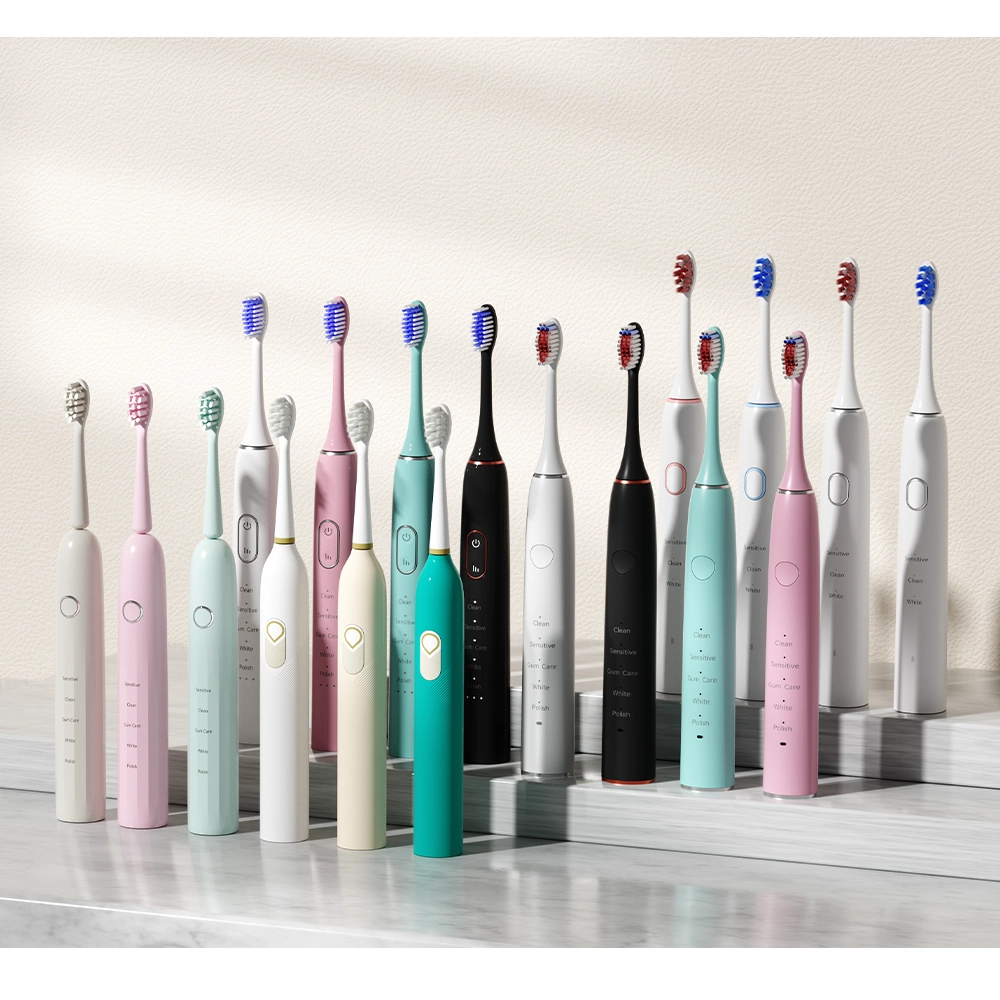
The Advantages of Teeth Whitening Devices: How to Enjoy Professional-Level Teeth Whitening Results at Home
Effectively Motor & Lithium Battery Tech: Dual-Drive Efficiency for Long-Lasting Power

How Does Low-Speed Brushing Transform Sensitive Gums Care?
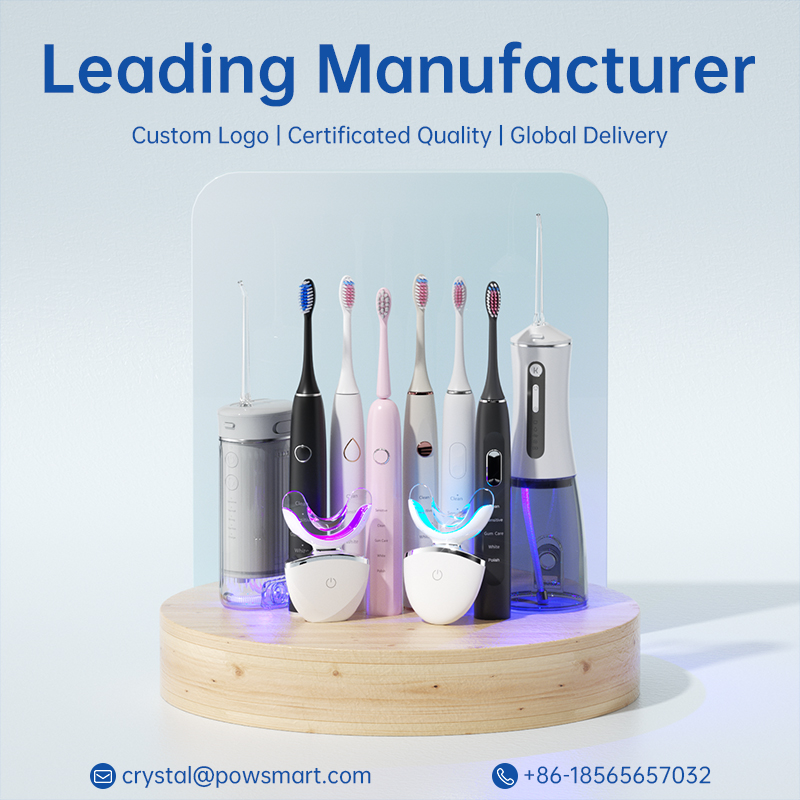
Clinic strength brush vs. Medical professional brush — what’s the hierarchy for electric toothbrushes?
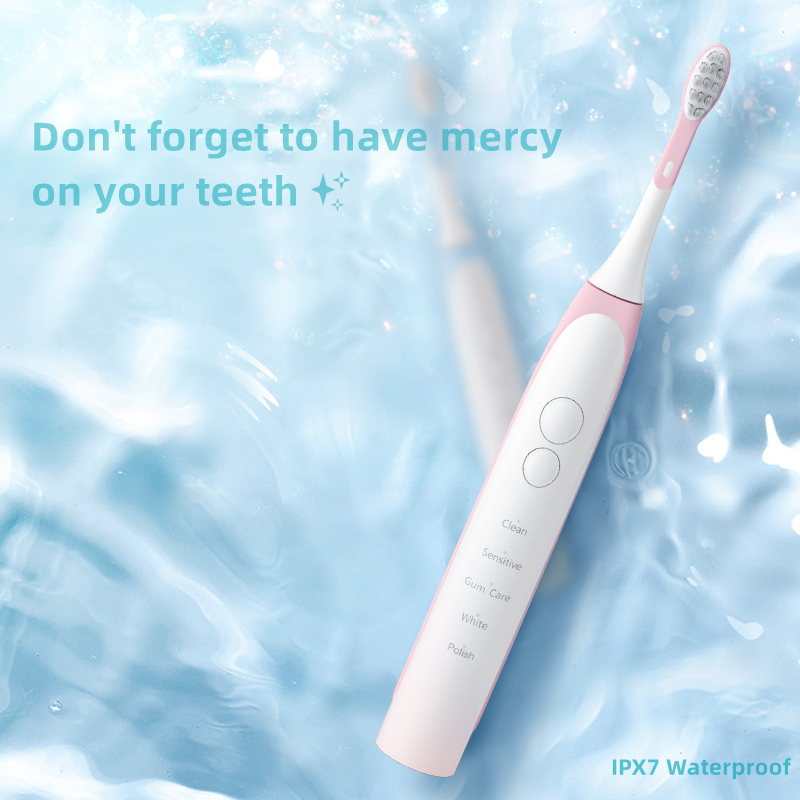
How Do Water Flosser Manufacturers Achieve IPX8 Waterproofing?

Which Charging Method for Electric Toothbrushes Is Better and Has a Lower Charging Failure Rate?
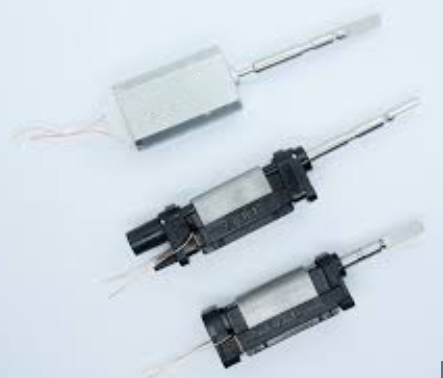
What Is the Difference Between Different Manufacturers of Electric Toothbrush Motors?

How to Choose the Right Manufacturer Before Expanding Whitening Products
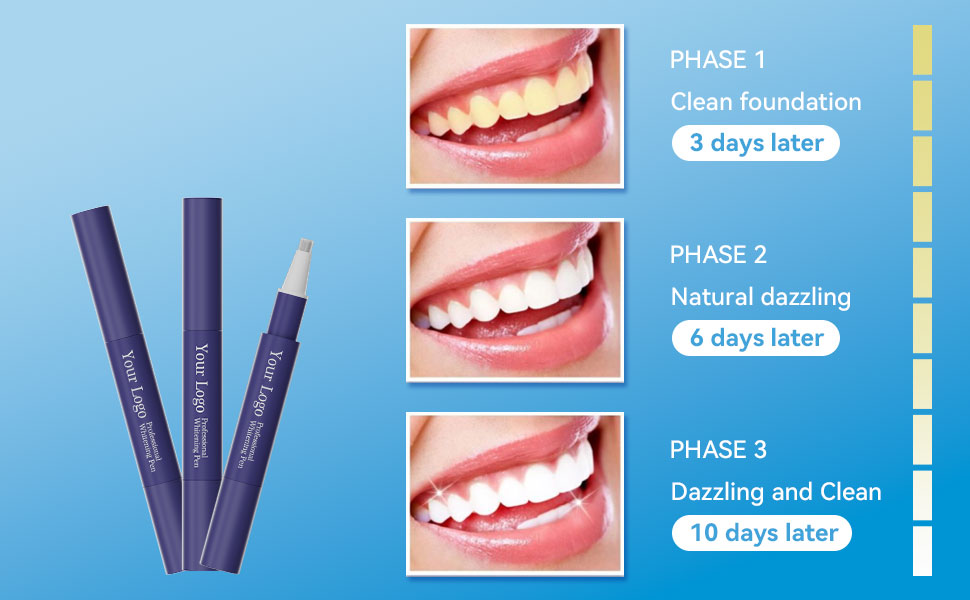
Can hydrogen peroxide whiten teeth?

Does the 40000 Strokes/Min Sonic Brush Trigger Gum Recession?

Breakthrough in Electric Toothbrush Waterproofing Technology: How to Achieve Full Waterproofing?

Customization Teeth Whitening Gel

Private Label Whitening Gel

Electric toothbrush heads Charcoal Infused-Diamond
.jpg)
Florida Electric Toothbrush – Powsmart PTR-C8

electric toothbrush heads Charcoal Infuse-Round

electric toothbrush heads Regular Clean

electric toothbrush heads Ultra Soft

electric toothbrush heads Deep Clean
whstapp
whstapp
National Toll-Free Service Hotline
+86 755 86238638